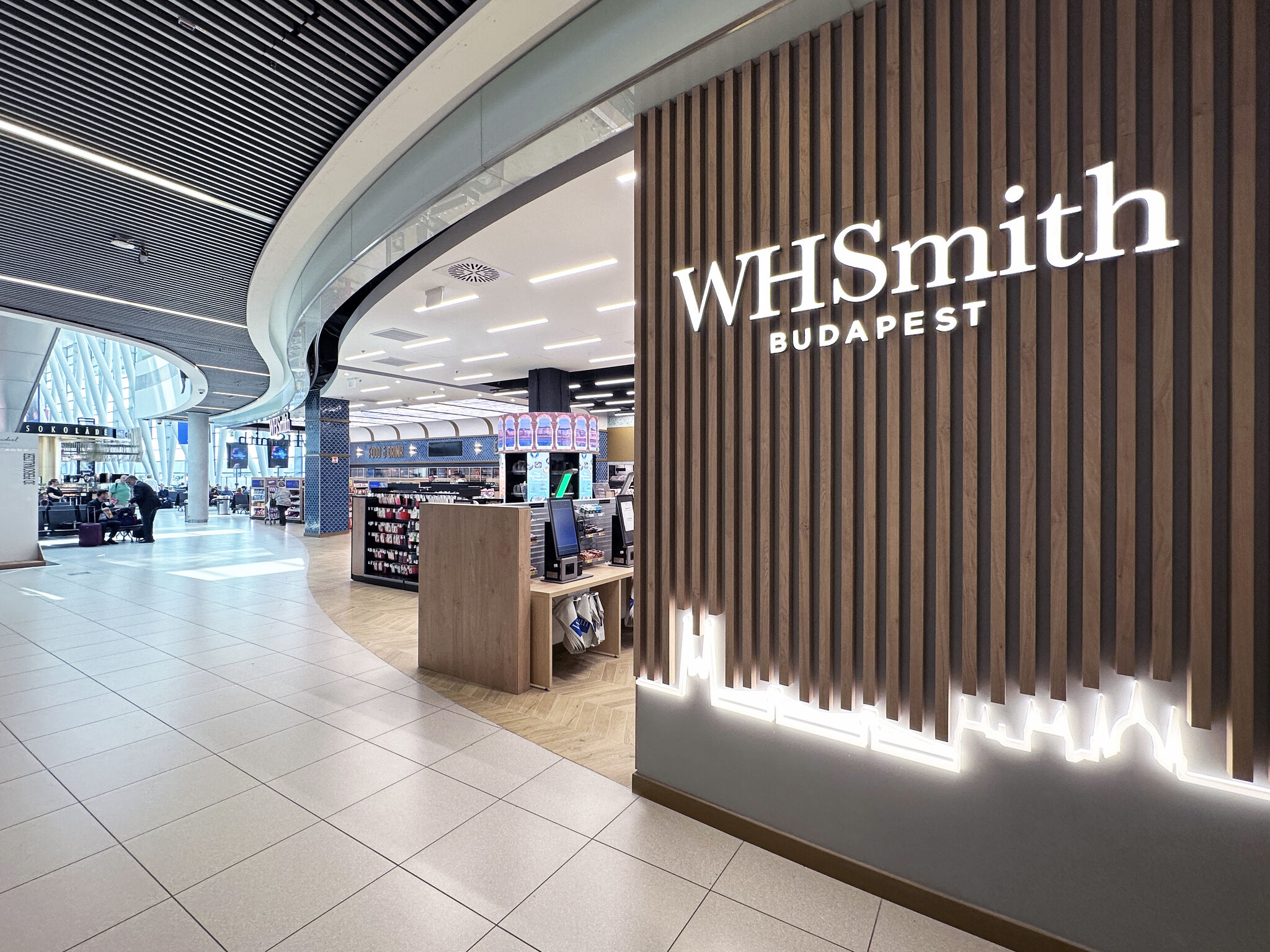 EUROPE. Growth in passenger traffic at Europe’s airports moderated to +5% in the third quarter of 2018, according to new figures released by ACI Europe.
EUROPE. Growth in passenger traffic at Europe’s airports moderated to +5% in the third quarter of 2018, according to new figures released by ACI Europe.
The trade organisation’s Director General Oliver Jankovec described the growth as “robust, but diminishing”. He also noted his relief at yesterday’s European Union (EU) announcement on Brexit contingency measures for air transport.
The reported +5% Q3 growth represents a drop from the +6% and +8.9% seen in Q2 and Q1 respectively.
Traffic growth in the EU market for the most recent quarter was +4.6%. Airports in Finland, the Baltic States, Poland, the Czech Republic, Slovakia, Hungary, Malta and Luxembourg registered double-digit growth. Meanwhile, airports in Sweden, the UK and the Netherlands posted the lowest growth figures.
Among EU capital and larger airports, double-digit growth was achieved in Q3 by Athens (+12%), Vienna (+10%), Milan-Malpensa (+10.7%), Warsaw (+12%), Budapest (+13.6%), Malta (+11.4%), Luxembourg (+10%), Bratislava (+14.7%) and Tallinn (+10.5%).

Passenger traffic in the non-EU market stood at +6.5% in Q3, but the growth pace slowed over the three-month period from +6.8% in July to +5.6% in September. ACI Europe largely attributed this to Turkish airports decelerating in September (+0.4%), as the country’s difficult economic situation is impacting demand for air travel.
Airports in Russia, Ukraine, Montenegro, Albania, FYROM and Iceland posted double-digit growth.
Among the non-EU capital and larger airports that achieved the most dynamic growth in Q3 were: Moscow Sheremetyevo (+14.3%), Moscow Vnukovo (+17.5%), Tel Aviv (+10.5%), Kiev (+16.6%), Keflavik (+10.2%), Tbilisi (+10.7%), Tirana (+15%), Skopje (+12.9%) and Podgorica (+14.6%).
Smaller airports (below five million passengers per annum) outperformed the overall European average in Q3, with a +6.7% increase in passenger traffic.
The top five European airports saw passenger growth of +3.3%. Frankfurt (+7.3%) was comfortably the best performer, followed by Paris Charles de Gaulle (+4.5%). Istanbul Atatürk (+1%) propped up the top five table, and capacity constrained Amsterdam Schiphol and London Heathrow posted increases of +1.1% and +2.4% respectively.
Commenting on the Q3 results, Jankovec said: “The peak summer months show that the momentum in traffic growth is robust, but diminishing. Airport capacity issues, industrial unrest, rising oil prices and airline consolidation are putting the brakes on more gains.
“Aviation taxes and economic slowdowns have also come to take their toll – as evidenced by stalling air traffic growth in Sweden and Turkey.”
During Q3, airports welcoming more than 25 million passengers per year (Group 1); 10-25 million (Group 2); 5-10 million (Group 3); and under 5 million (Group 4) reported average adjustments of +4.2%, +5.7+, +4.9 and +6.7% respectively.
The airports that reported the highest increases were:
Group 1: Moscow Sheremetyevo (+14.3%), Madrid (+8.6%), London Stansted (+8.2%), Istanbul Sabiha Gökçen (+7.5%) and Frankfurt (+7.3%).
Group 2: Moscow Vnukovo (+17.5%), Kiev (+16.6%), Budapest (+13.6%), Warsaw (+12%), Athens (+12%) and Venice (+11%).
Group 3: Seville (+23.3%), Palermo (+15.3%), Riga (+14.8%), Krakow (+13.5%) and Sochi (+12.2%).
Group 4: Targu Mures (+9547%), Taranto (+155.2%), Vilnius (+107.9%), Sibiu (+58.9%) and Kutaisi (+53%).

Click on image to enlarge.
ACI Europe also reported figures for September 2018, revealing that passenger traffic at European airports increased by +5%, with the EU market growing by +4.9% and the non-EU segment by +5.6%.
Assessing the outlook for European air travel, Jankovec said: “Looking at the coming months, Brexit risks have somewhat receded following yesterday’s European Commission (EC) announcement of its contingency measures in case negotiations with the UK fail.
“The fact that the EC has formally clarified that it will propose measures to ensure undisrupted air connectivity between the EU27 and the UK after March 2019 is indeed a relief. With the UK having already taken a similar position, this means that consumers can now have confidence over existing and future bookings for travel between the EU27 and the UK next year.
“However, the EC announcement makes it clear that these contingency measures would only apply until December 2019. That still leaves a big question mark as to what would happen beyond that date if the no-deal scenario materialises.”












